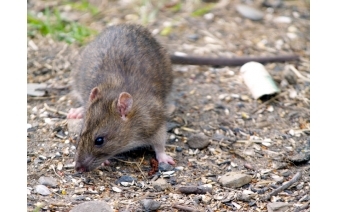
Stealthy Invaders
Deer mice in the house are difficult to detect because, unlike other types of mice, they do not give off a pungent odor. These rodents also hide during the day and forage at night. As a result, homeowners may notice deer mouse damage before they see the pests themselves.
Signs of Deer Mice in Houses
Deer mice leave behind several signs of their presence:
- Nests – These pests build nests inside drawers, mattresses, and other hidden areas.
- Droppings – Residents with deer mice infestations often find small, dark feces on kitchen floors or near baseboards.
- Damage to food packaging – When seeds, nuts, and insects become scarce outside, a deer mouse in the house may eat crumbs and pantry goods.
Problems Caused by Deer Mice in the Home
Health Issues
Contact with deer mouse saliva, urine, and droppings may transmit hantavirus, a serious disease. Because the illness can spread through inhaled waste particles, even being inside an infested house is dangerous. Food tainted with deer mouse droppings may also contain Salmonella bacteria.Food Caches
Unlike house mice, deer mice retain their natural habit of burying nuts and seeds when they move indoors. A single deer mouse in the house can store a great deal of food in inaccessible places like wall voids. These caches attract spiders, ants, and other pests.
Deterrence & Removal
Sealing gaps around pipes, vents, and doors or windows may prevent deer mice from coming in the house or garage. In addition, keep grass cut and clear out thick brush to make yards less attractive to the rodents. Critter Control experts can remove deer mice in homes and restore peace of mind.
